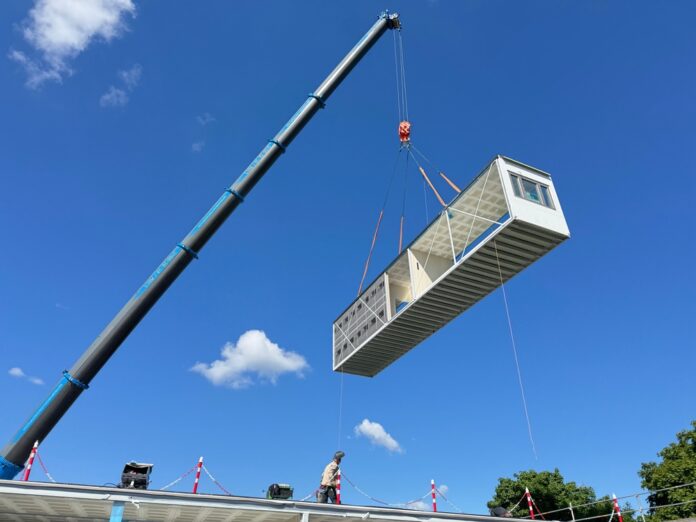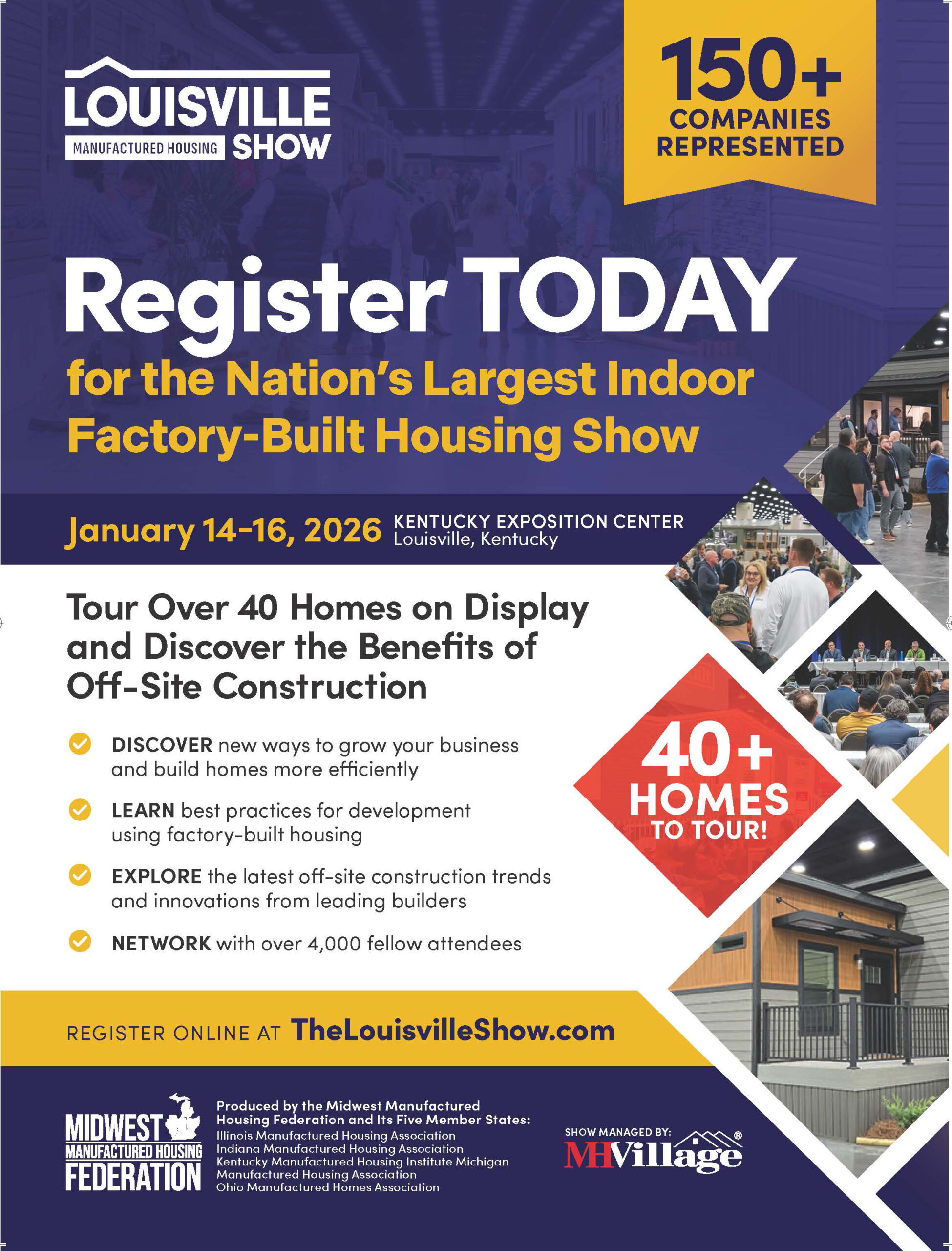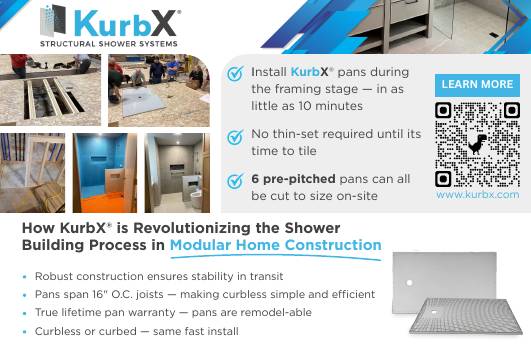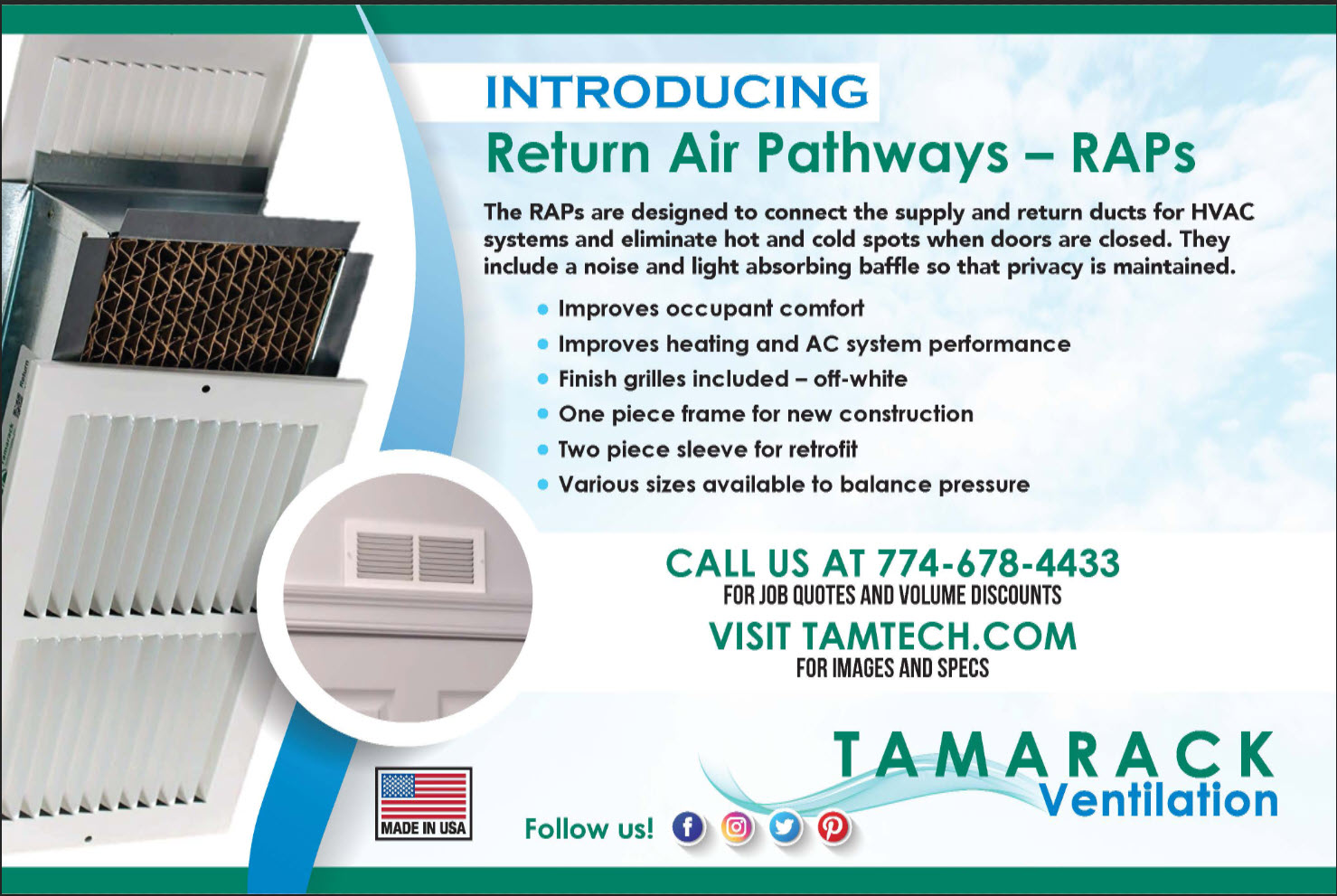There’s a battle cry echoing across the housing industry that we’ve all heard by now: “Modular housing needs to standardize!” But is that even possible?
On the surface, it sounds like common sense. After all, automotive factories churn out thousands of identical cars every year, with each plant typically dedicated to a single line of vehicles. To Outsiders — including the self-proclaimed brainiacs of home manufacturing — that seems like an obvious path for modular housing, too.
But here’s the hard truth: in practice, expecting modular factories to adopt one-size-fits-all standardization is a fantasy.
To understand why, you need only consider the problem of geography. Modular projects built in different locales are subject to different site conditions and different building codes. A home in coastal South Carolina will have to stand up to hurricane-force winds. A project in the Rockies will need the strength to shoulder heavy snow loads. California demands seismic compliance. Even within a 100-mile radius of a single factory, the odds of being able to produce the exact same module for two different sites is slim to none.
That’s why, no matter how tempting the automotive analogy might be, the notion that you can enforce product-level standardization in modular construction is, frankly, BS.
Now, I’m not saying that factories need to reject standardization altogether; I’m saying they need to rethink it. Rather than trying to develop uniform homes, modular factories should focus on standardizing where it actually adds value: with manufacturing processes and component types.
Process standardization includes the use of consistent workflows, quality checks and digital design-to-fabrication systems (like BIM and DfMA) to deliver efficiency without sacrificing flexibility.
Component standardization could include things like common wall systems, floor assemblies, roof types and MEP chases that can be used across a variety of homes and projects. Think LEGO bricks rather than identical cars.
When it comes to design, partial standardization is possible at a regional level. That means designing and building homes around clusters of code requirements — e.g. snow load packages for the Northeast, hurricane specs for the Gulf Coast — so a factory can maintain efficiency while meeting local demands. This layered approach allows modular companies to protect profits and scale production without being trapped by unrealistic cookie-cutter designs.
Single-family modular factories could offer a small line of well-priced standard plans — built with contingencies already baked in for code requirements — while charging more for custom work. This protects the bottom line without alienating buyers who crave choice.
Factories that specialize in multifamily or commercial project work will have more standardized plans, and could manufacture 160 boxes for one project. But the details put into those boxes will still vary depending on where the project is being built.
The point here is that anyone who insists that developers and new home buyers would happily accept standardized modular housing simply doesn’t grasp the reality of this industry. Standardization isn’t about cranking out identical boxes — it’s about creating repeatable systems and processes that allow factories to deliver flexibility in an efficient manner.
Until the “standardization crowd” understands this, modular construction will remain one of the most misunderstood sectors in housing.

















